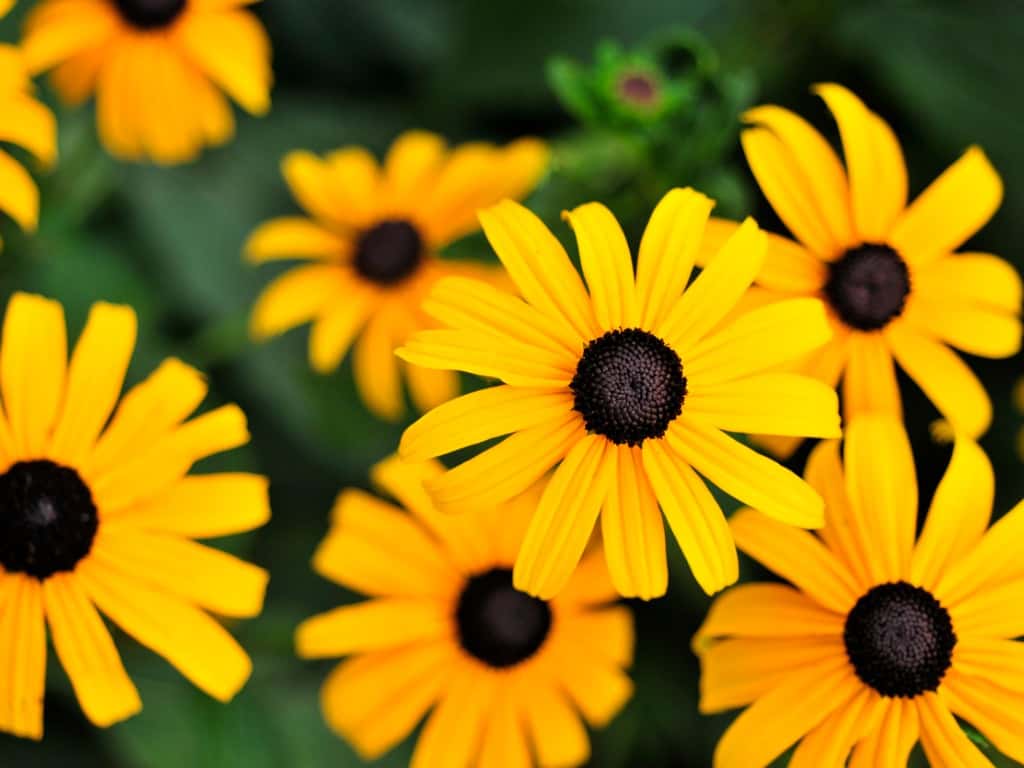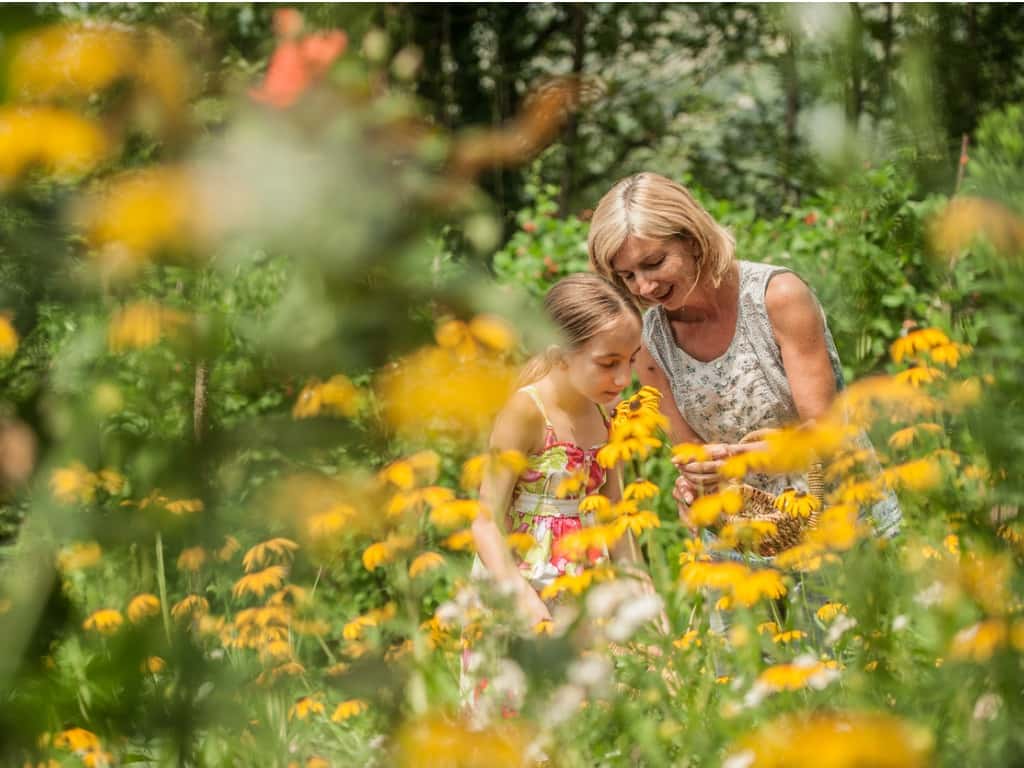Allergic Reactions to the Black-Eyed Susan Flower

The Bottom Line
The Black-eyed Susan (Rudbeckia hirta) is a wildflower that blooms from June to October. They have bright yellow, daisy-like petals. Although the black-eyed Susan has not been known to poison humans, it should not be eaten. It can cause allergic skin reactions and asthma attacks in people sensitive to the plant.

The Full Story
The Black-eyed Susan (Rudbeckia hirta) is a wildflower that blooms from June to October. They have bright yellow, daisy-like petals. The petals surround a dark brown center, which is where the “black-eyed” in the name comes from. The stems, leaves, and roots of the plants are covered with spiky hairs. Currently, there is no evidence that the flowers can poison humans when swallowed, but they have been known to poison grazing animals. Black-eyed Susans have a disagreeable taste, which could discourage large ingestions. The hairs of the black-eyed Susan can cause irritation to the skin when people come into contact with the plant. The symptoms from skin contact can be as simple as redness and itchiness or as bad as blistering and hives. The black-eyed Susan has also been reported to be the cause of asthma for people with preexisting lung conditions or allergies.
If someone has skin contact with a black-eyed Susan, follow these steps:
- Remove the person from site of exposure.
- Remove contaminated clothing and wash the exposed area thoroughly with soap and water.
- Exposed clothing should be washed before being worn again.
If someone unintentionally eats part of a black-eyed Susan, you can help them by following these steps:
- Have them rinse with water and spit to remove any remaining plant material from their mouth.
- They can drink a few small sips of water to rinse the remaining material into their stomach.
- If their mouth is irritated, sucking on ice chips or frozen treats might relieve discomfort.
- If they are experiencing nausea or vomiting, keep them hydrated with small sips of clear fluids.
If you suspect someone has been exposed to a Black-eyed Susan and is having a problem, check the webPOISONCONTROL online tool for guidance or call 1-800-222-1222.
Lindsy Liu, PharmD
Certified Specialist in Poison Information
Poisoned?
Call 1-800-222-1222 or
Prevention Tips
- Have all your plants (indoor and outdoor) correctly identified by a knowledgeable expert.
- Let your children know that no part of any plant should be eaten.
- When gardening or doing yard work, cover as much skin as you can to limit skin exposure to the plant.
This Really Happened
Case 1: A 14-month-old girl swallowed a piece of a petal from a black-eyed Susan. Her parents called Poison Control 30 minutes after the exposure. At the time of the call the girl had no symptoms. Poison Control recommended that she be given something to drink to gently rinse her mouth and wash any remaining plant material into her stomach. When Poison Control checked in later that day the girl was doing well and no symptoms ever developed.
Case 2: A young boy tasted part of a black-eyed Susan plant, and his parents call Poison Control 5 minutes after the exposure occurred. The boy had no symptoms, and his father had already rinsed his mouth. Poison Control advised that the boy should tolerate the exposure, and when the parents were contacted later that day the boy had not developed any symptoms.
For More Information
Growing black-eyed Susans. Dublin (NH): The Old Farmer’s Almanac [cited 2021 Jul 25].
References
Foote K. Black-eyed Susan (Rudbeckyia hirta L.). NYFA Newsletter. 2002 Mar;13(1):1–6.
Poisoned?
Call 1-800-222-1222 or
Prevention Tips
- Have all your plants (indoor and outdoor) correctly identified by a knowledgeable expert.
- Let your children know that no part of any plant should be eaten.
- When gardening or doing yard work, cover as much skin as you can to limit skin exposure to the plant.
This Really Happened
Case 1: A 14-month-old girl swallowed a piece of a petal from a black-eyed Susan. Her parents called Poison Control 30 minutes after the exposure. At the time of the call the girl had no symptoms. Poison Control recommended that she be given something to drink to gently rinse her mouth and wash any remaining plant material into her stomach. When Poison Control checked in later that day the girl was doing well and no symptoms ever developed.
Case 2: A young boy tasted part of a black-eyed Susan plant, and his parents call Poison Control 5 minutes after the exposure occurred. The boy had no symptoms, and his father had already rinsed his mouth. Poison Control advised that the boy should tolerate the exposure, and when the parents were contacted later that day the boy had not developed any symptoms.
